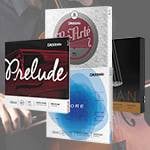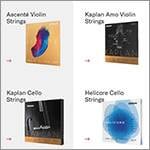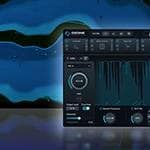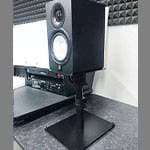EXFORM’s Picvinyl Inner 12 Protects Picture Discs of the World!
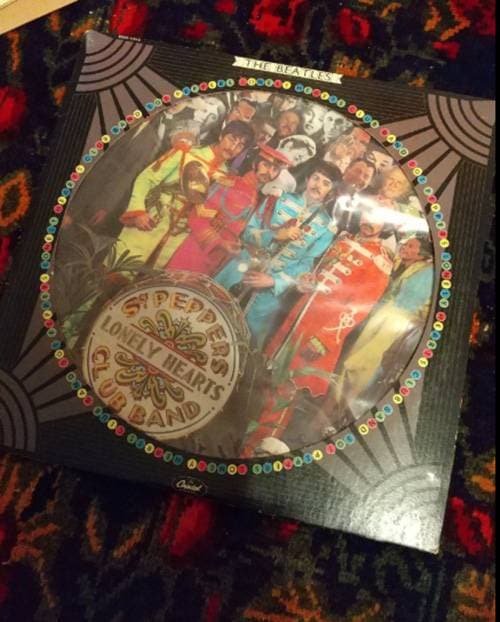
Hello, this is Ichihara from the Sales Department at Sound House, and I’m quite the record-loving employee.
As always, sorry for being such a lover.
Today’s topic is about picture records. Commonly referred to as “picture discs” or “picture vinyl”, these are records that, as the name suggests, have images such as pictures or photos printed directly onto the surface of the disc.
In Japan, back in the Showa era, picture records were widely available, from children’s TV show soundtracks,, nursery rhymes, and idol songs. Many people probably remember seeing them lined up in store displays. In the world of rock music as well, various picture records were released, starting with albums from The Beatles. Furthermore, thanks to the recent vinyl revival, you can now see all kinds of picture discs being released, including new titles, when you visit a record store.
However, some people raise these kind of concerns about picture records:Is the sound quality actually good? Won’t they produce noise as they age? Aren’t they extremely heavy sounding?
To find out if that’s really the case, I decided to pull out a picture record I received as a souvenir from America a long time ago—about 40 years ago in fact—and listen to it again.
The Beatles’ masterpiece Sgt. Pepper’s Lonely Hearts Club Band.
This is a picture record released in the U.S. in 1978.
Perhaps there’s no other rock record title that looks better as a picture disc than this one.
The design of the disc incorporates artwork from the album cover, but it’s trimmed so that The Beatles’ faces are clearly visible.
The jacket has a hole in it so you can see the picture disc design inside.
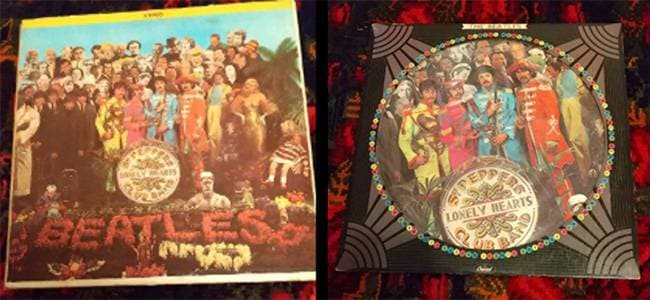
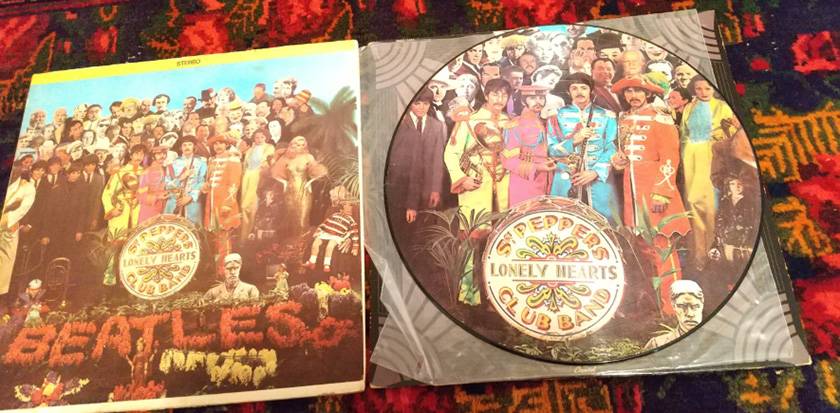
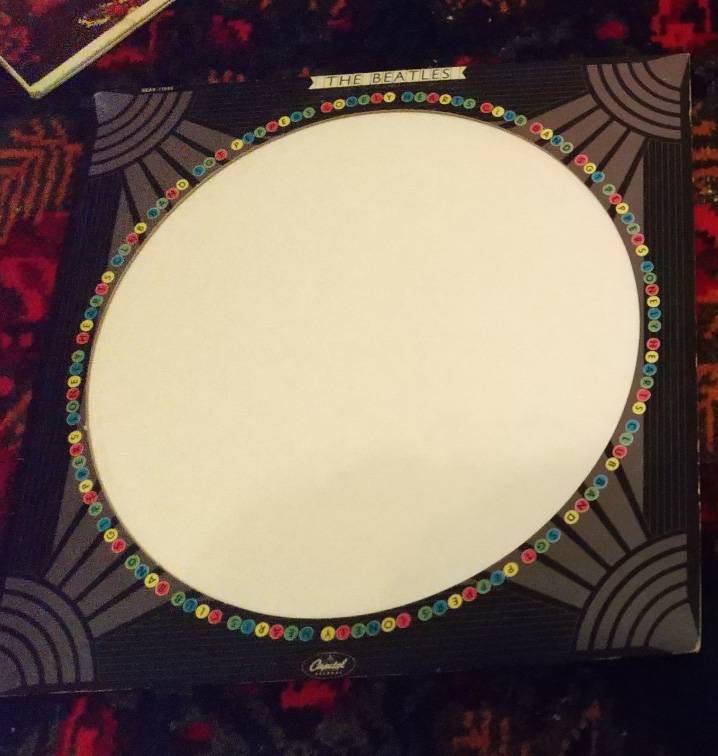
The B-side of the record features a design mimicking the bass drum from the album cover.
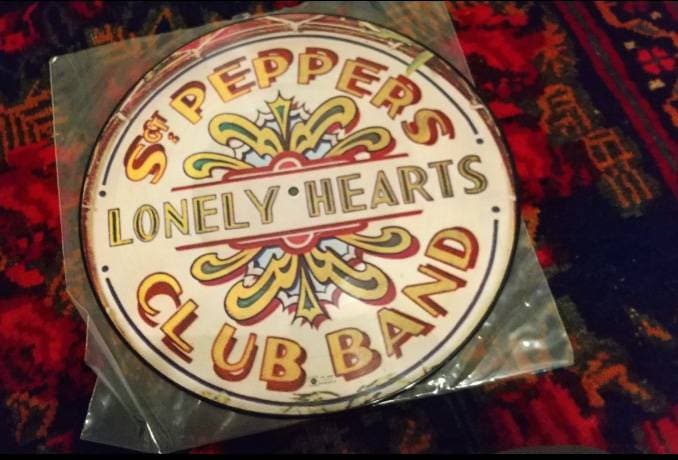
As for the back of the jacket—on the standard version, it features a red background with the lyrics printed in black text resembling a newspaper article. But the picture disc jacket has the track listing boldly displayed, like headlines from an international magazine, giving it a stylish feel.
You can really see the attention to detail that went into this picture disc reissue project.
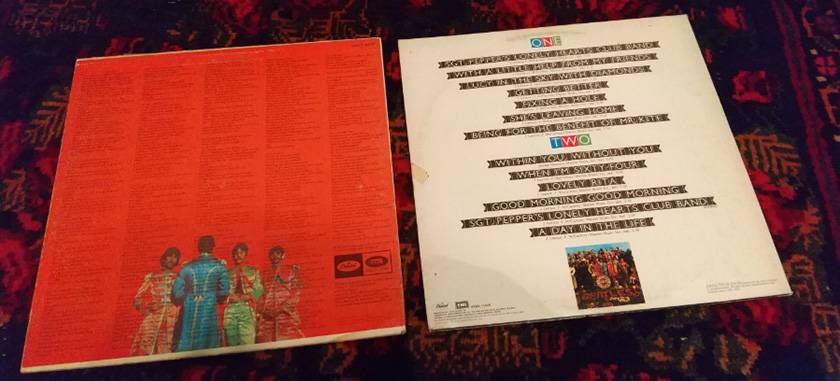
This picture record was also released in Japan in the same year with almost the same disc and jacket design, but the picture record released in the UK was apparently designed with the front jacket artwork printed in a full-size circular format.
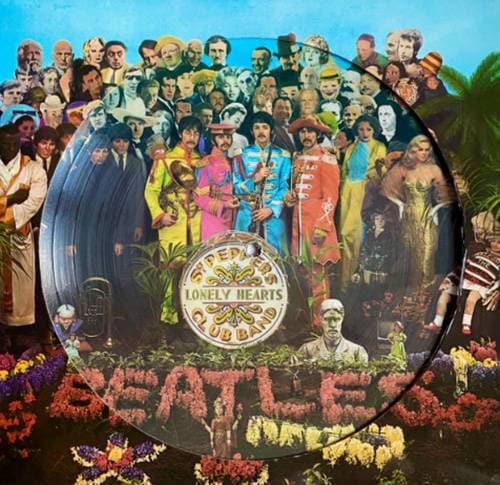
Now then, let’s find out! After pulling out this picture record for the first time in 40 years, how does it sound?
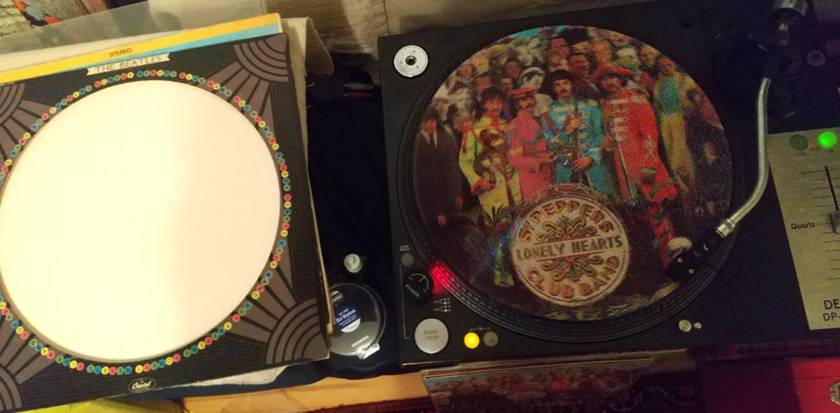
To avoid being influenced by the visual elements, I deliberately listened with my eyes closed, without watching the record spin. What surprised me first when I dropped the needle was that, despite not having been maintained for nearly 40 years, the noise was barely noticeable. The sound had the soft warmth that’s unique to analog-era records, coexisting with a powerful punch.
The vocals and applause sound effects in the opening number were vivid and very enjoyable. As for the previously mentioned concern that "the sound might be heavy" concern, I can confirm—the sound is indeed heavy. However, the powerful low-end bass in “With a Little Help…”, the wide-spread vocals characteristic of the American mix, the tablas in “Within You Without You”, and the bass and guitar in the reprise version of the album’s title track—these all made me feel that this heaviness contributes to a uniquely enjoyable sense of impact!
I ended up listening to it twice, and my impression remained unchanged.
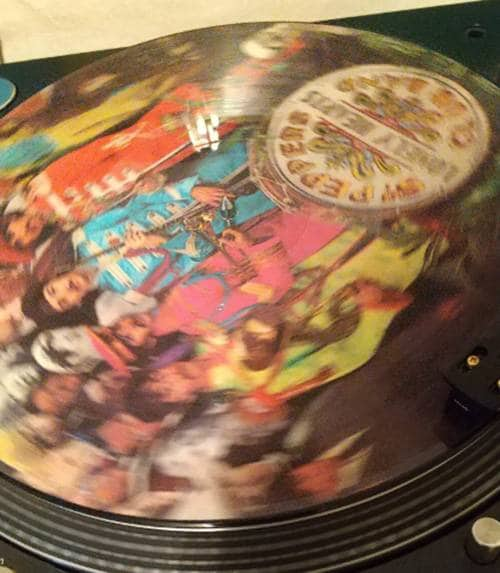
For those of you who might be thinking, “Is that really true?”—let me assure you (and I say this not as some sort of humblebrag, but really! laughs)—I actually own the original U.S. stereo LP of this album from when it was first released. So before listening to the picture LP, I gave the original U.S. pressing a full listen.
Perhaps mentioning that might lend a bit more credibility to my opinions.
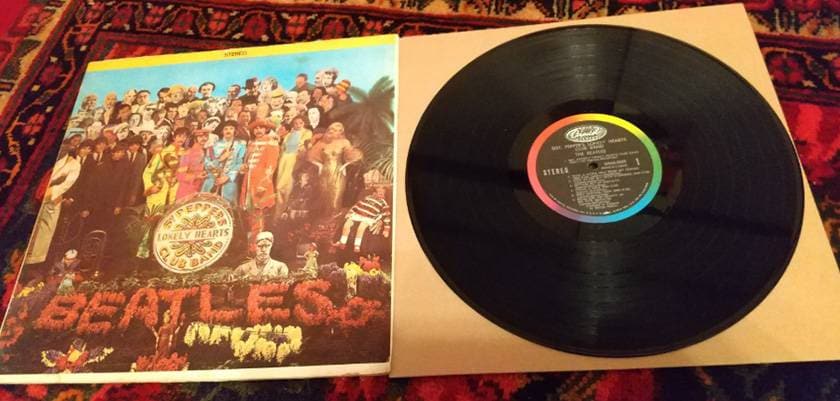
Now then, picture records that can be enjoyed both visually and sonically—what about the concern that they’re difficult to store? That, I believe, is definitely true. It can’t be helped for display purposes, but as in the case of this title, in order to clearly show that it’s a picture disc, the protective jacket that should shield the record has a hole in it, and the record itself is often packaged only in a thin plastic sleeve. So, even though I enjoyed playing it this time, honestly speaking, I can’t help but worry about storing it just in a standard outer plastic cover from now on.
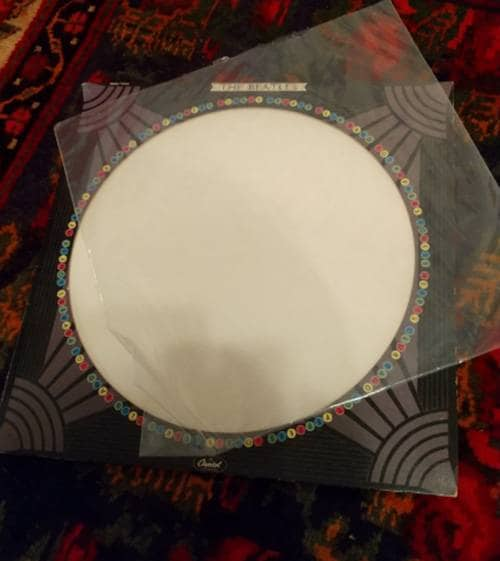
That’s when a fellow record enthusiast at the office gifted me something that surprisingly hadn’t existed until now (or had it?): a record care item specifically for picture disc lovers— EXFORM’s Picvinyl Inner 12.
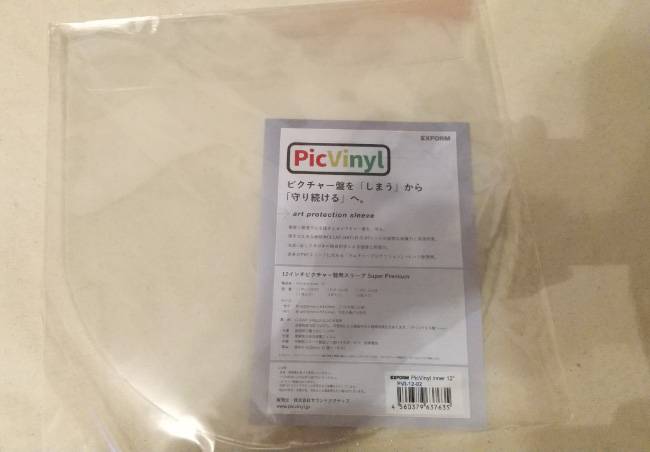
Taking it out of the package, I immediately slipped in one of my picture records. Even though many picture discs from the analog era tend to be thicker, this sleeve that’s designed especially for picture LPs allowed for a smooth insertion and a perfect fit! It looks far more elegant than when it was kept in the old plastic sleeve.
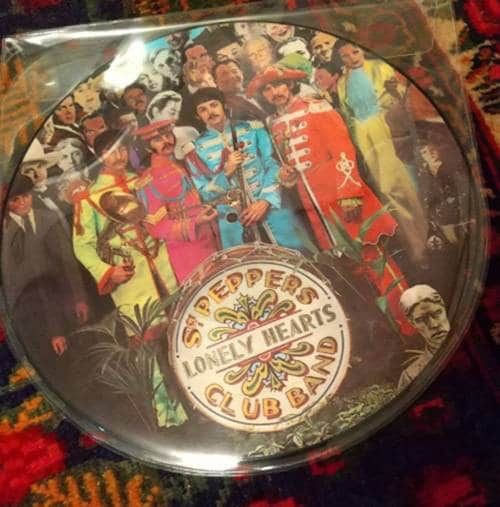
Not only is it made of thick material, but it also features anti-static properties and protection against vinyl burn. I’m so glad I no longer have to worry about how to store these records safely.
It also has a flap on the back to prevent the record from slipping out, and it helps keep dust out as well, which is definitely a huge plus.
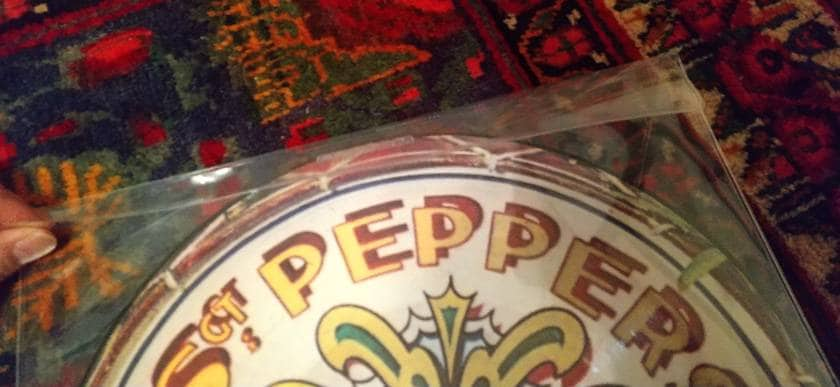
The only LP picture disc I own is this one, so I plan to keep treasuring it and storing it safely with a little help from the Picvinyl Inner 12!
Wait a second…
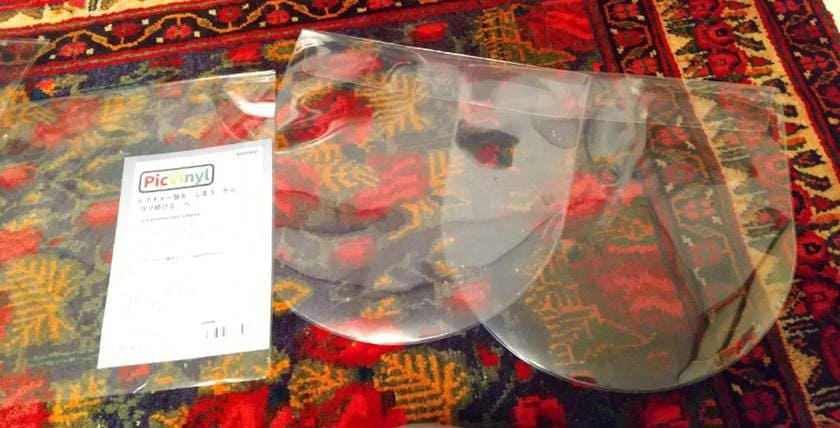
Looking closely at the Picvinyl Inner 12 I received, I realized there were two sleeves inside! So they actually come in various quantities, from single packs to 20 packs and more!
Well then, to commemorate this occasion, I guess I’ll try asking my home Ministry of Finance (my spouse) if I can buy the Abbey Road picture disc.






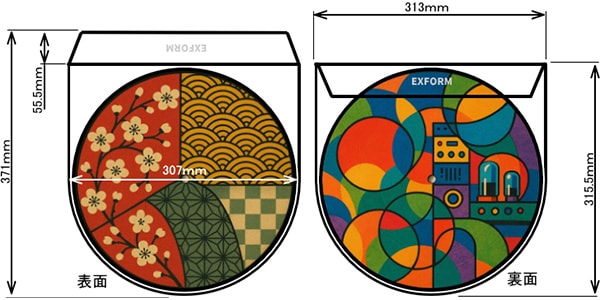
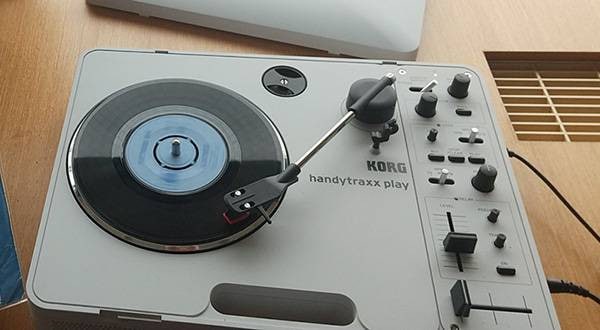
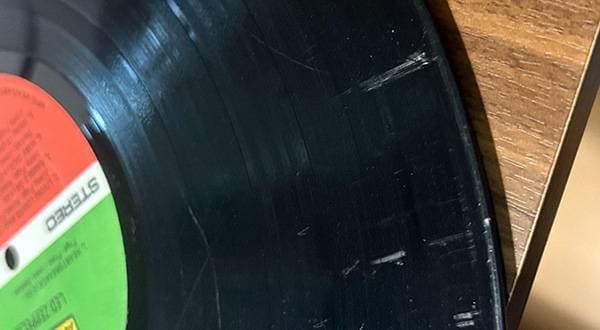

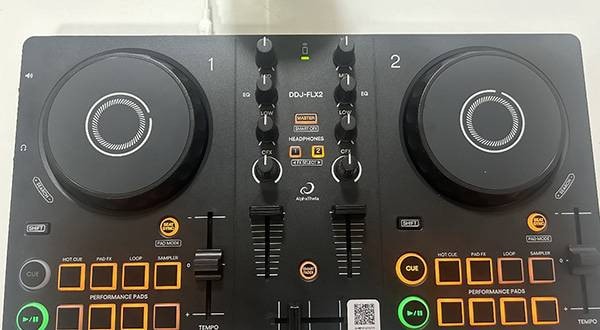
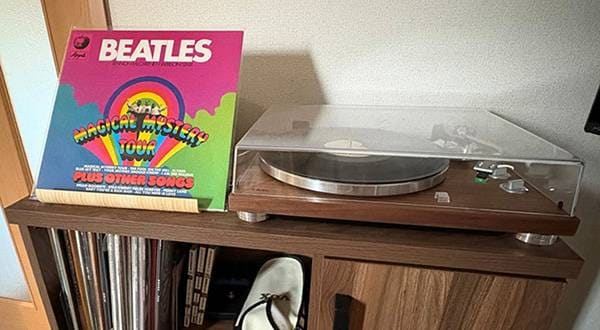
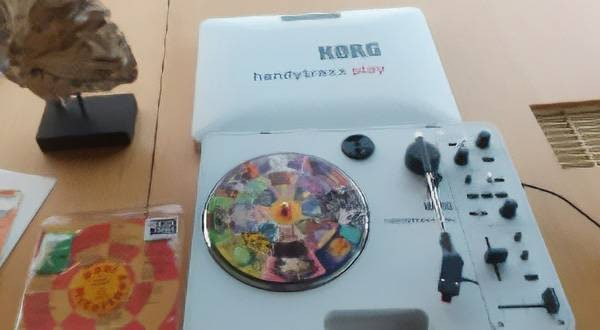
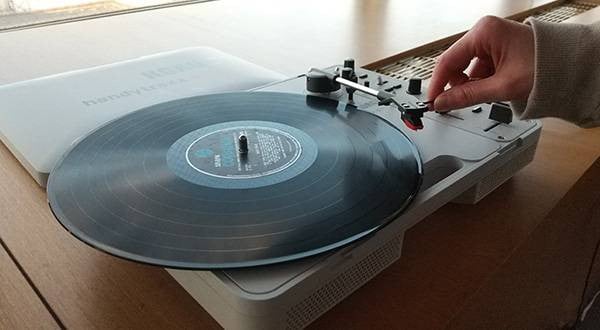
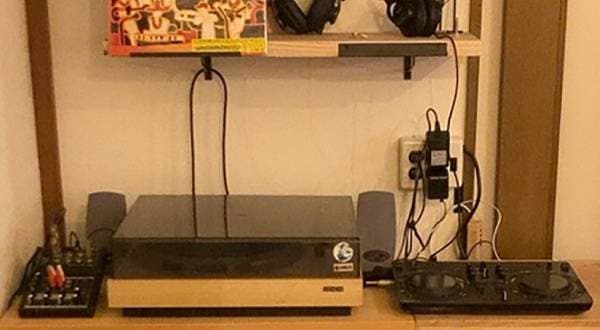
![Shall We Shellac? [Vol. 2] Listening to Old Dance Music on SP Records](/contents/uploads/thumbs/2/2022/4/20220406_2_17374_1.jpg)
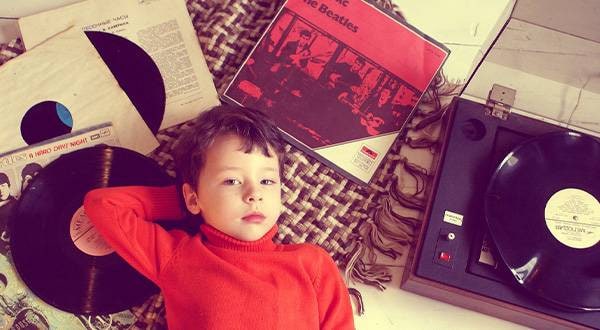
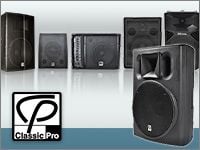 スピーカーの定番 Classic Proのおすすめモデル
スピーカーの定番 Classic Proのおすすめモデル
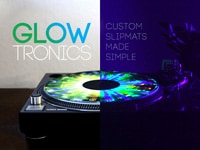 GLOWTRONICS DJスリップマット
GLOWTRONICS DJスリップマット
 DJ YUTARO特別インタビュー
DJ YUTARO特別インタビュー
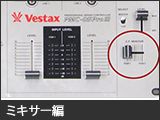 DJミキサー編
DJミキサー編
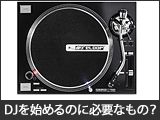 DJを始めるのに必要なもの?
DJを始めるのに必要なもの?
 DJ入門講座
DJ入門講座
